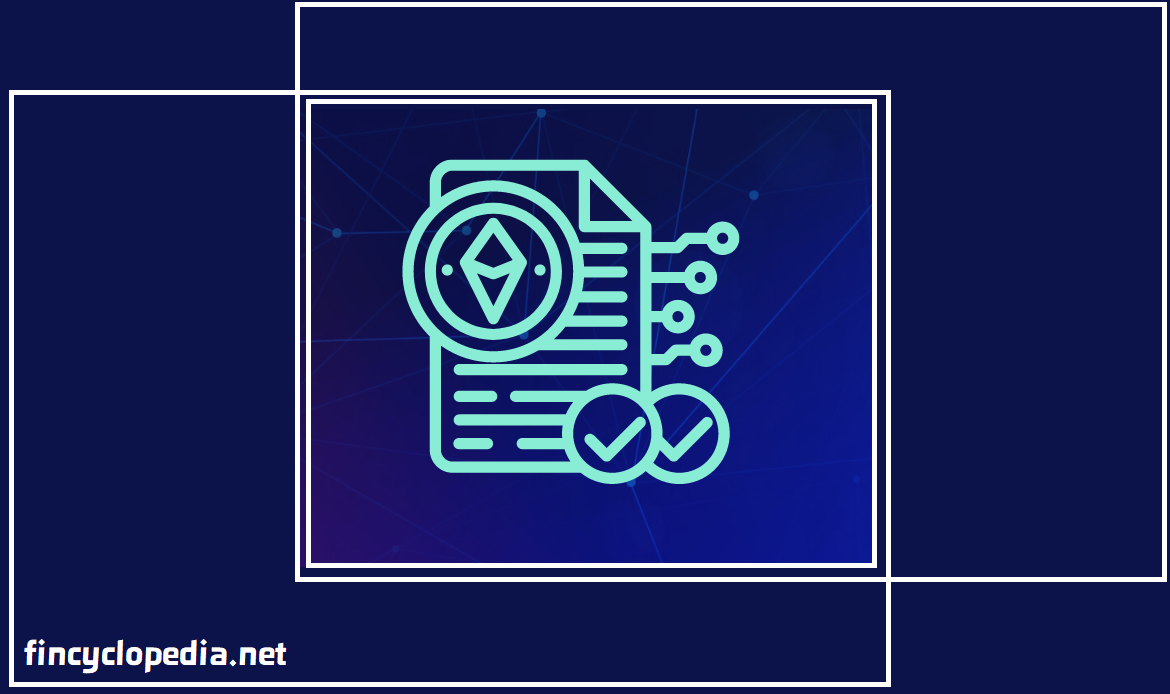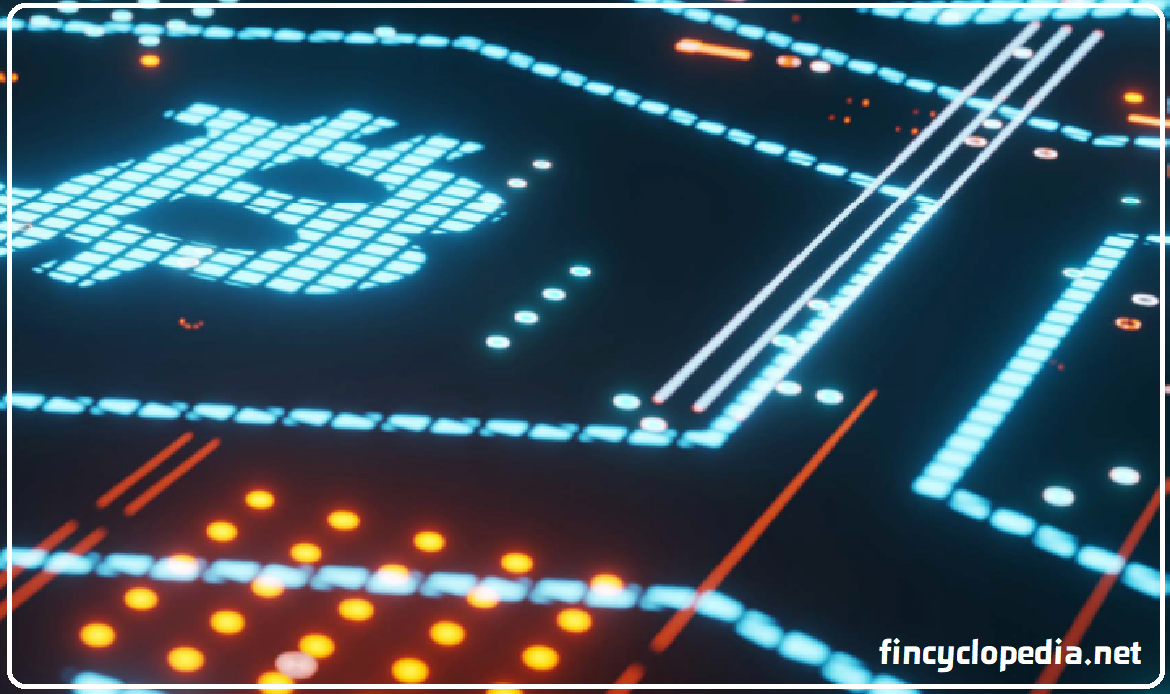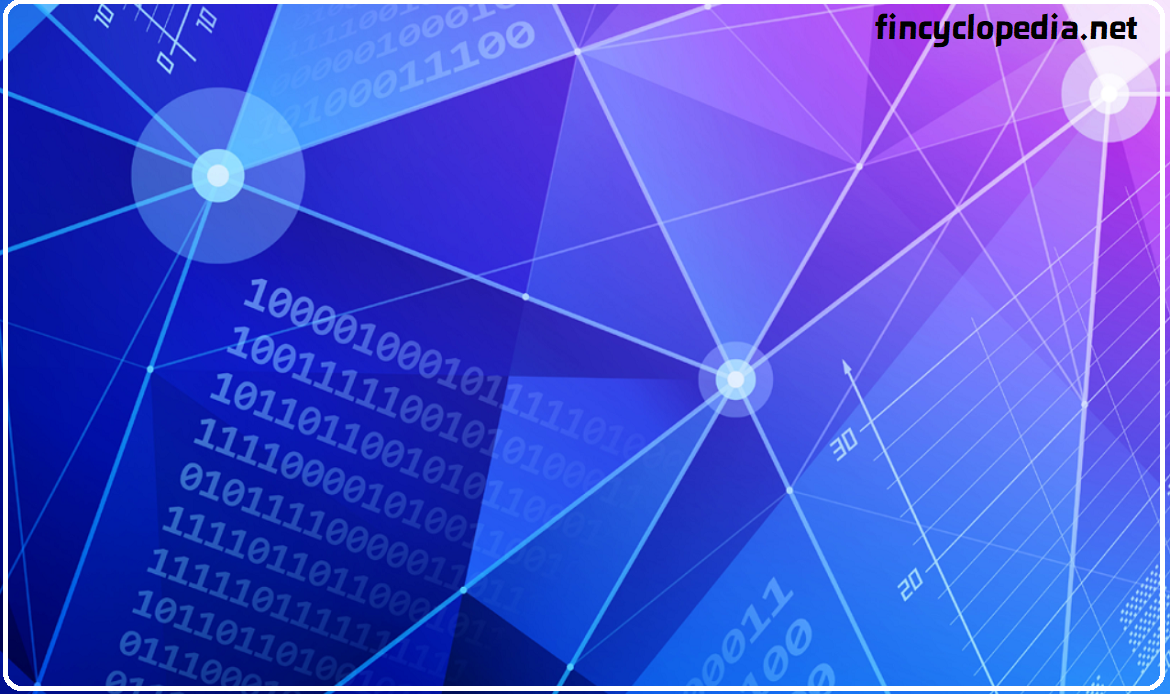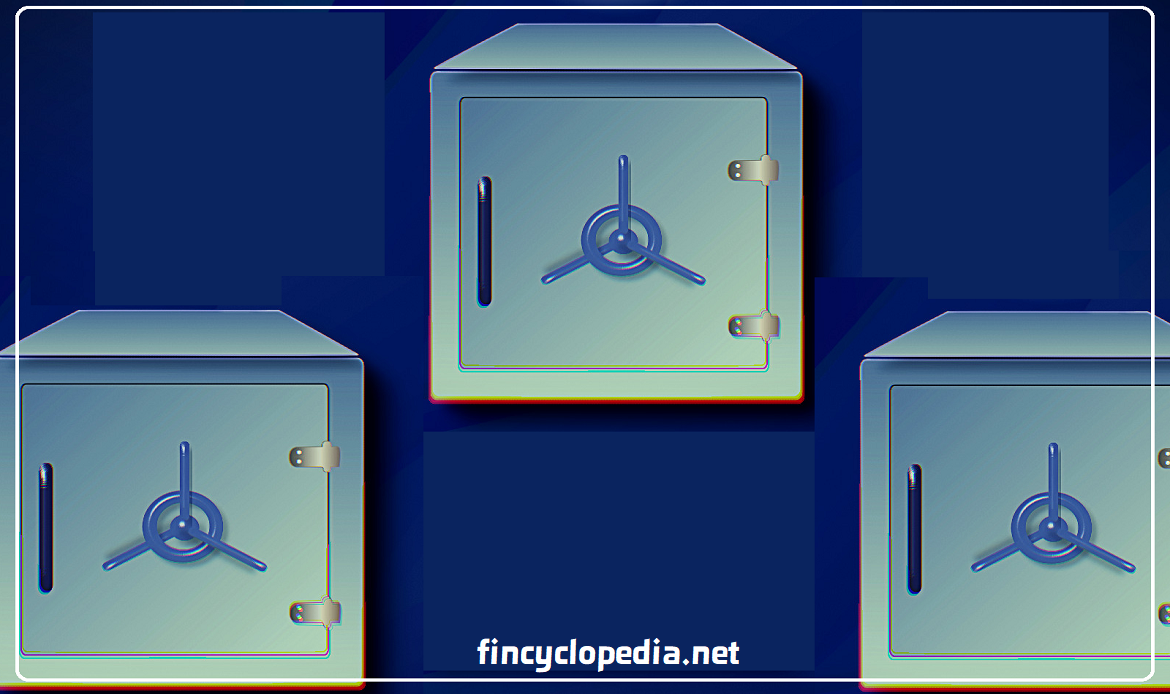
Concept
A smart contract-based token is a token that is issued using the smart contract technology and its ecosystem. It is a type of digital asset that is created and run by self-executing contracts on a blockchain network. The token is pre-programmed to automatically implement the terms and conditions set out in a contract, bypassing the involvement of intermediaries. Smart contracts are executed subject to a set of standard conditions for carrying out certain functions or roles or transactions (e.g., payment and ownership transfer) in a secured and efficient way, improving transparency and confidence to the interest of all parties involved. The transactions and interactions are recorded immutably on the blockchain (being a distributed ledger technology, DLT).
Modus operandi
Tokens are a representation of physical or financial assets (among others). This includes monetary assets (currencies), fixed assets (real estate) or even digital assets (digital artwork). In their operation, specific standards, like ERC-20 on Ethereum, are followed, so as to ensure seamless and compatible functionality across different platforms and structures. Smart-contract-based tokens play an instrumental role in decentralized applications (dApps), particularly in relation to decentralized finance (DeFi) and non-fungible tokens (NFTs). Smart contracts are implemented under the so-called smart contract standards which define the mode of operation of smart contract-based tokens including certain general characteristics like transferability, issuance, and circulation, while fees are paid in the network’s native token. A respective blockchain also supports decentralized applications through its own version of the virtual machine.
Smart contract standards
Smart contract token standards are sets of rules and protocols that are designed to govern the creation, management, and transfer/ circulation of digital assets (tokens) on a blockchain. These standards are set and applied as a means by which interoperability can be ensured, so that digital assets can easily exchanged and integrated into decentralized applications within the ecosystem. By applying the set standards, participants can create tokens that are compatible with the underlying ecosystem and can easily interact with other digital assets and infrastructure elements.





